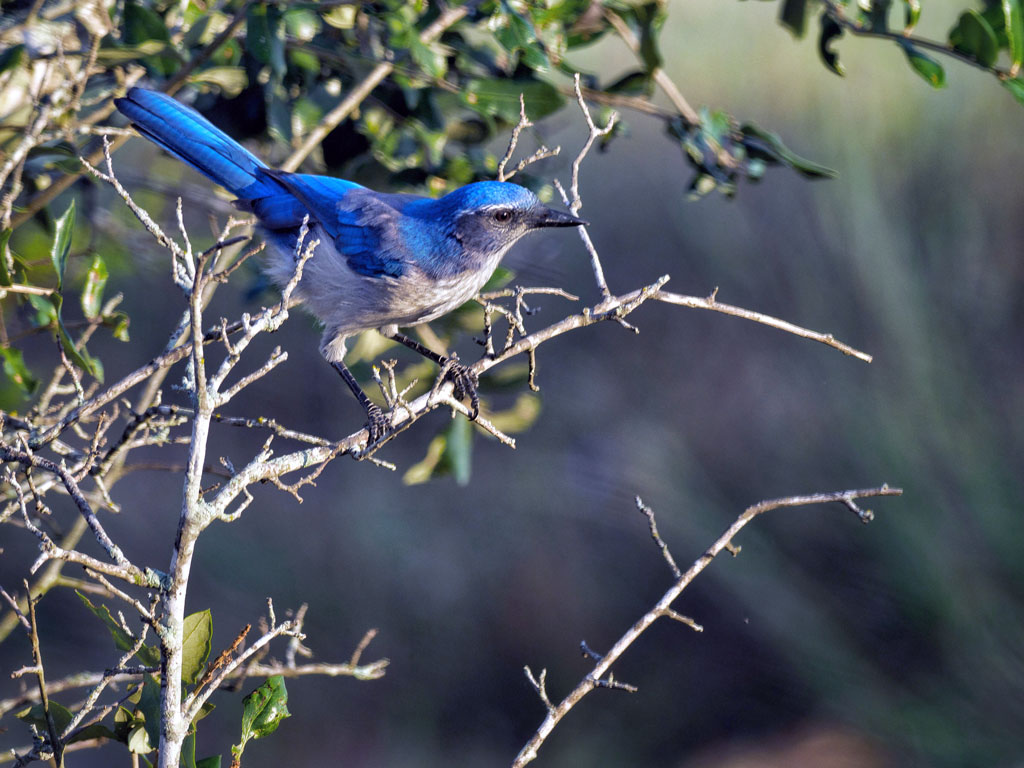Add water and relax; your feathered friends will visit soon
Landscaping and gardening in a manner that’s most beneficial to birds can be summed up in two words: Go native — as in native plants.
“When you think about it, the native plants in our area have evolved along with the birds, insects, and wildlife for eons, so they all work together for the benefit of all,” said Fred Zagst, a member of the Highland Lakes Chapter of the Native Plant Society of Texas and an avid birder. “Native just works better for creating habitat in your yard for birds and anything else, like butterflies, other pollinators, and wildlife.”
While putting out a bird feeder attracts feathered friends year-round, the species that come are limited, Zagst said. Bird feeders draw cardinals, jays, wrens, and a few others, but if you really want a wide variety, the key is to plant the right natives, whether on an apartment patio, in a fenced yard, or on acreage.
Fred and his wife, Kay, own what he describes as a “basic city lot” filled with native plants.
“It’s gone to the birds,” he said.
Since 2018, the Zagsts have counted 112 species of birds in their yard.
“Some of these may be species that are migrating through, and you only see them one time, but that’s still amazing,” he said.
Another native landscape can be found in the undeveloped habitat of Parkview Park in Marble Falls. Birders have tallied 135 avian species there.
To build your own native plant and wildlife paradise, Linda O’Nan, a Master Naturalist and Master Gardener in the Highland Lakes, recommends making a plan. The first step is assessing your resources: plants, space, time, and money. You might already have good native plants in your yard or nearby.
Then, pick an area that’s manageable and start there. You can even plant in containers if you live in an apartment or don't have a yard.
“Don’t feel like you have to just completely redo your entire yard at one time,” O’Nan said. “Try some native plants in one part and start from there.”
Next, think in seasons.
“When you’re choosing native plants, you want three seasons of plants and cover,” O’Nan said.
Color is also an important consideration. Different native plants bloom at different times of the year and can provide color from spring through fall, even into early December. Plants also should be chosen for their ability to provide food and cover through the seasons.
“Native plants provide food, shelter, reproduction, all those things birds need (year-round),” O’Nan continued.
Think in layers, Zagst added. Birds, pollinators, and other insects do better with three levels of habitat.
Plants such as native grasses and wildflowers grow closer to the ground. Shrubs are mid-level growers, and trees provide a taller layer. Each level offers a source of food, cover, and other needs for birds, Zagst said.
Water is another vital component of a bird-friendly yard. The best addition is a bird bath with a moving water element. This can be as simple a hose rigged up to drip into a concrete bird bath.
“For some reason, just hearing the water moving or dripping attracts birds,” O’Nan said.
Visit a local nursery to get started on your planning. Although now is the perfect time to pick a plot and plant, going native can be done all year.
daniel@thepicayune.com

